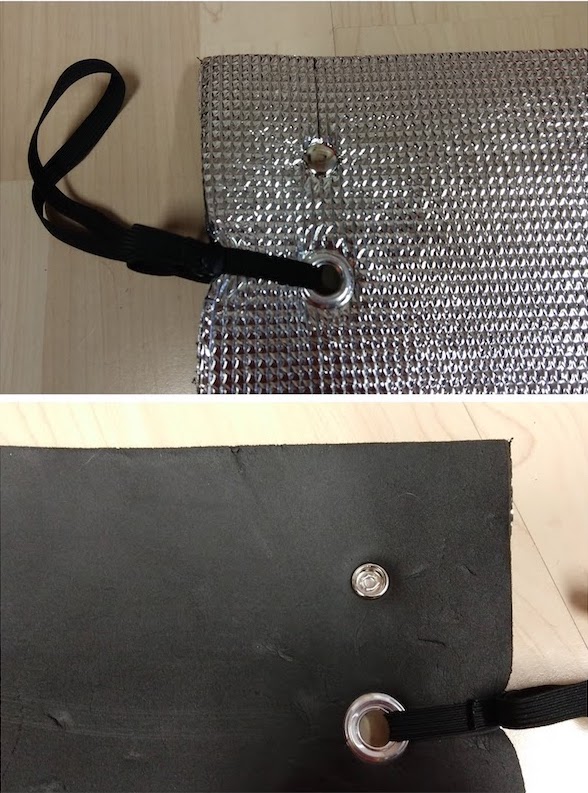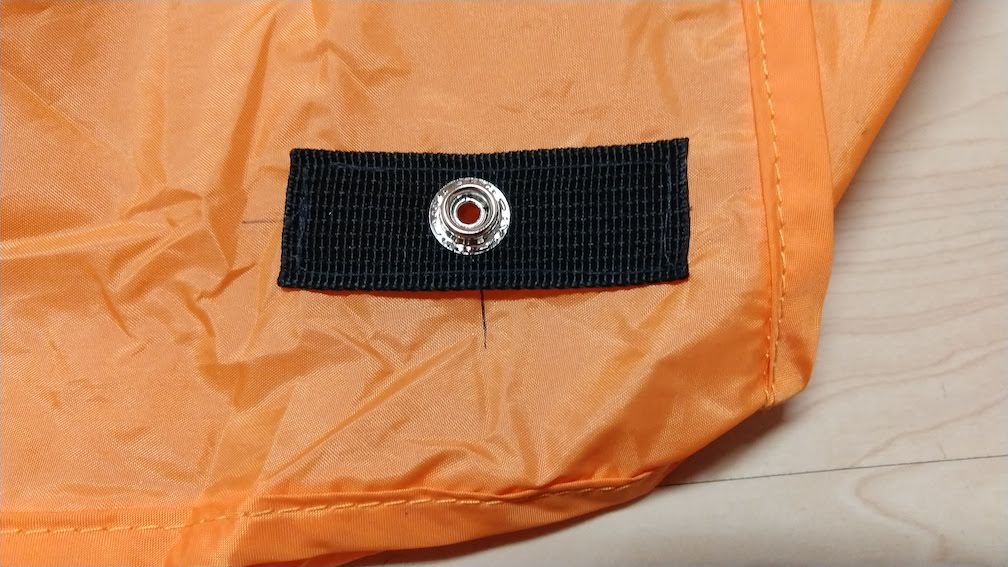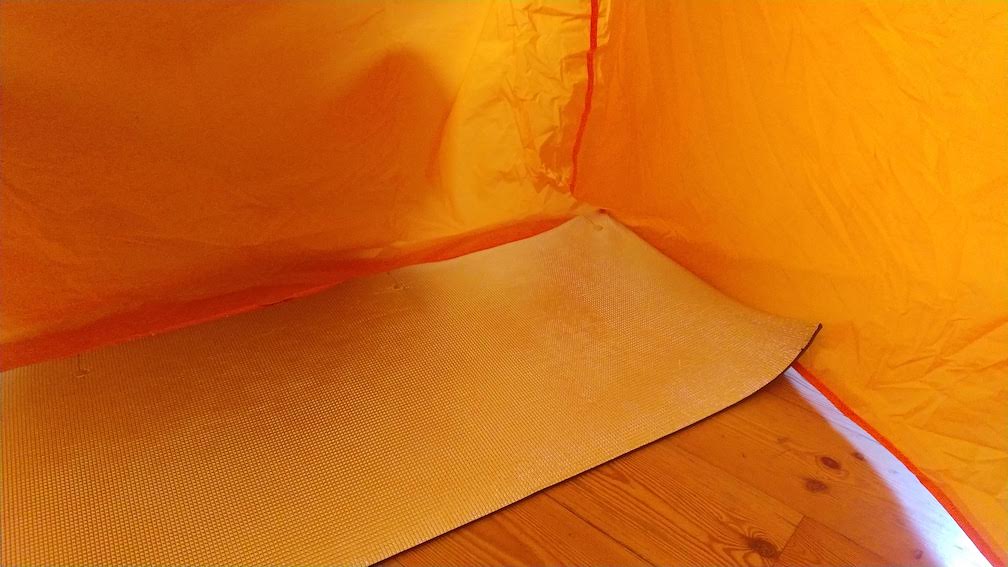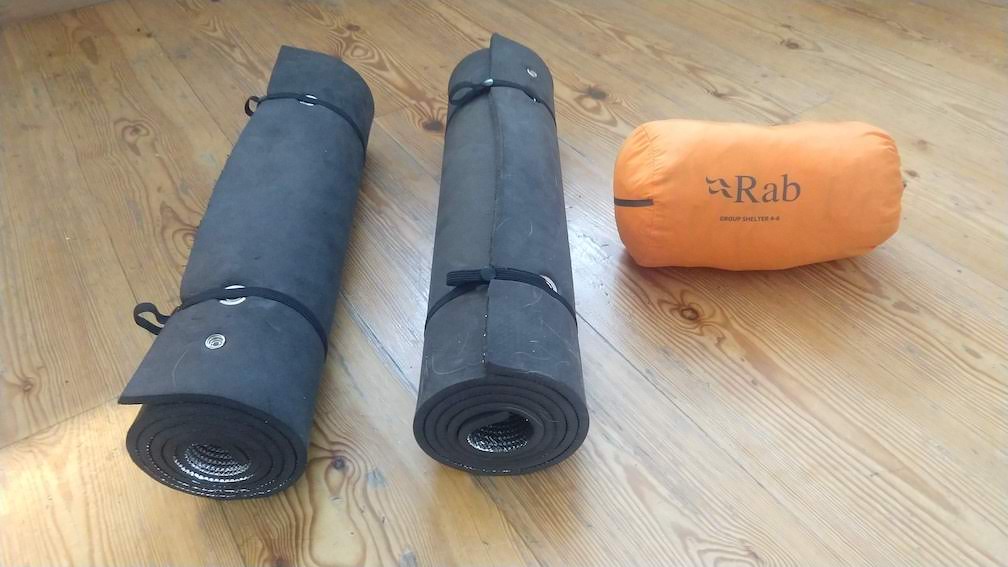Having a lunch break in high winds and snow storms above the tree line is no fun. Let alone being caught under such conditions in case of an emergency. When solo, I sometimes bring a bivy bag, or more often a Jerven Fjellduk, but that is obviously no solution for a family of four.
Bothy bags
So I recently purchased a vindsekk (wind sack), or what the English call a bothy bag. It is basically a very simple, compact and lightweight emergency shelter in the form of a floor-less rectangular bag. Made of windproof and waterproof nylon or polyester, it provides protection from wind, rain and blowing snow. It provides shelter for two people or, depending on size, larger groups. It is not intended for lying down or sleeping, it is meant to sit in: you deploy the shelter by standing together, pulling the bag down over your head and sitting down. As it does not have any poles or tie outs, the shelter is kept anchored and upright by the people sitting inside, ideally one in each corner.
Mine – the RAB group shelter 4-6 – suggests room for up to 6 people. We have tried it once so far, with three people and a dog inside, which went well. Six would be rather tight, I think, but certainly manageable in an emergency. Inside it was surprisingly cozy, considering outside it was -10 degrees Celsius and windy. Apparently four bodies are quite capable of quickly heating up the small interior space.
“In my mind setting off into the hills without a bothy bag is just stupid, as the weight is so low, and the protection it offers so high, that it’s a non brainer.” (Bothy or Bivy bag - Andy Kirkpatrick)
The problem with sit flaps
The thing has no floor, but it does have small flaps to sit on (seats) along the shorter sides. Their main function is to anchor the shelter, that is, to prevent it from being blown away. They are rather narrow tough. Moreover, they hardly insulate you from the wet ground or snow below, so you have to sit on your pack or on a sitting/sleeping pad.
This worked for us, sort of, but not without its problems. The closed cell foam mats keep sliding off the flaps and are collecting snow (rather soft and loose snow that day), ultimately resulting in wet bottoms. It seemed there is room for improvement.
Attached pads to the rescue
My solution to these – admittedly minor – issues, is to attach the sit pads to the sit flaps. I thought about using Velcro (loop-and-hook fastener), but that tens to attract dirt and hair, and is generally a pain with snow and ice. Instead I opted for robust snap buttons (15mm diameter). I took a pair of cheap closed cell foam mats and cut them to size. Next I fitted four snap button sockets along one side of the mat and, correspondingly, four studs along the sit flap. The buttons on the sit pad are reinforced with webbing to keep them from ripping out. This way the pad can be snapped onto the flap, preventing it from sliding around or taking on snow.
The whole package weights about a kilo (2.2 pounds): the two sit pads are 160g (5.64 ounces) each and the shelter in stuff sack is 645g (23.28 ounces). Not too bad for four persons.
So far I have not had the opportunity to test this mod outside under real conditions, but it feels rather solid and I am fairly confident that it will hold up fine.





